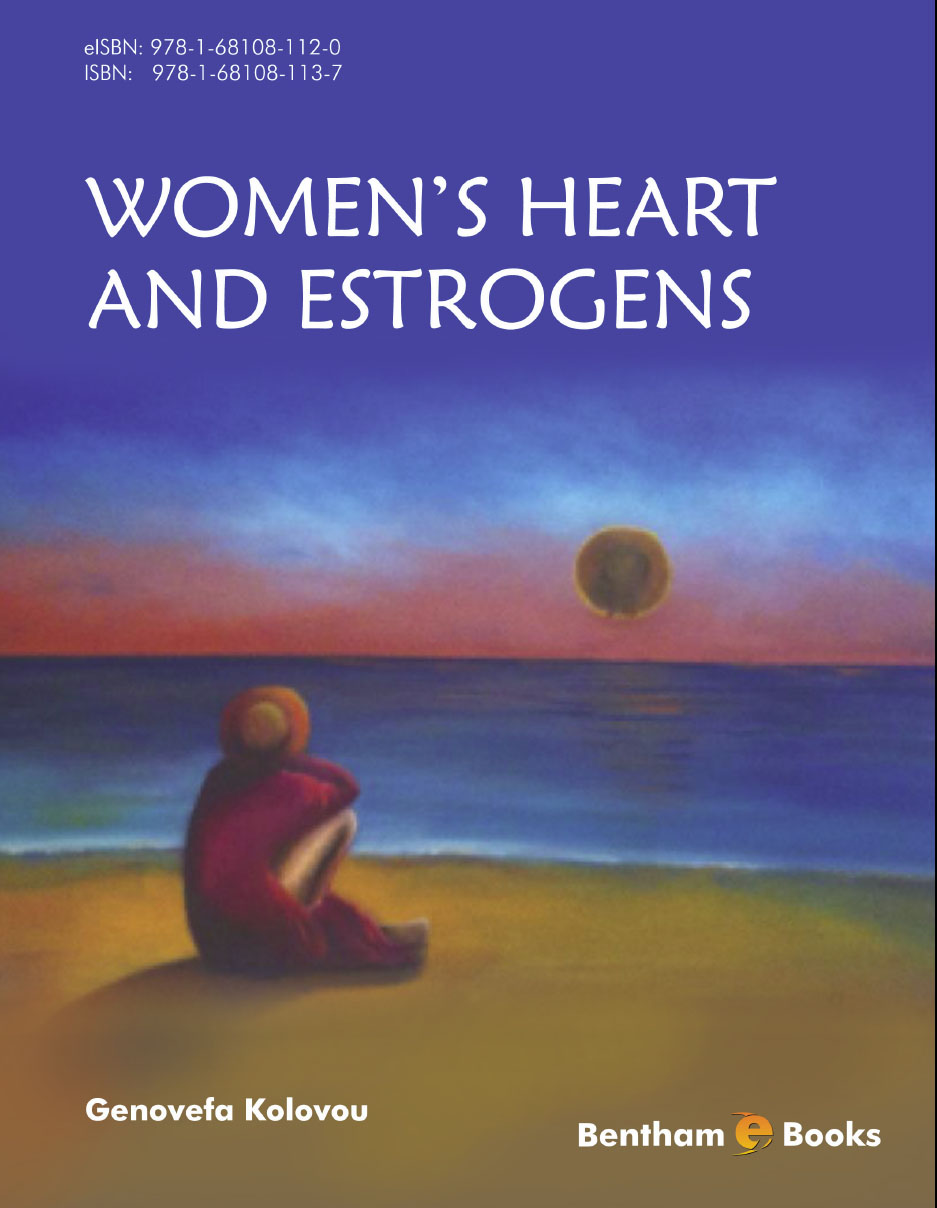The prevalence of cardiovascular risk factors as well as the clinical and molecular pathophysiology of cardiovascular disease is different between men and women. Particularly, in that of a variety of pathological conditions, such as premature menopause, gestational diabetes mellitus, pregnancy-induced hypertension and polycystic ovarian syndrome which affect only women. Furthermore, a number of other diseases, such as migraine, Raynaud's phenomenon, vasculitis and coronary artery spasm are more common in women compared with men.
Additionally, postmenopausal and elderly women more frequently present the classical risk factors for cardiovascular disease (dyslipidemia, arterial hypertension, diabetes mellitus, obesity, sedentary lifestyle and others) than men of the same age. What's more, women presented with cardiovascular disease are older and subsequently, commonly manifest accompanying abnormalities such as osteoporosis, compared with men of the same age. The end result of all that is mentioned above is that, women have different mechanisms, contributing to the severity and outcomes of cardiovascular disease.
The most important factor differentiating women from men is estrogen. Estrogen is not a single hormone. The term "estrogen" is really referred to a group of several related hormones (mainly estradiol, estrone and estriol), which perform the functions we normally attribute to "estrogen". Thus, in this handbook for practical reasons the word "estrogen(s)" will be used.
Estrogens exert a variety of actions particularly on the female’s body. Their levels vary during a woman’s lifetime and influence many vital systems. One of the most important systems undergoing remarkable changes after reduction of endogenous estrogens is the cardiovascular. Estrogens may act directly on the blood vessels or through modification of the cardiovascular risk factors, including arterial hypertension, obesity, diabetes mellitus, dyslipidemia, and others. Menopause and ageing are the two main parameters, which lead to unfavorable alterations of the classical risk factors in women.
In this handbook, the mechanisms of estrogen actions on the cardiovascular system and the alterations associated with estrogen production, based on studies of several researching teams, including our own will be discussed. Moreover, the changes in the body composition of postmenopausal women and the manner by which they may contribute to unfavorable modifications of classical risk factors will be also analysed.
Epidemiological and clinical trials, as well as the cardiovascular management of women will be reported.
The management of women's population has been the subject of several scientific societies, which have published several guidelines. These guidelines are not obligatory rules, but aim to inform health providers of the severity of the problem and render them capable to make decisions, concerning the institution, benefits and potential adverse effects of a particular treatment. Some of these guidelines will be also presented.
For all the aforementioned reasons, a review of more than ten thousand titles or abstracts have been completed and approximately three thousand papers have been looked up, out of which approximately 850 are mentioned in this handbook.
Only articles edited in PubMed and in the English language were looked for. We believe that this handbook will provide a condensed and yet complete up-to-date overview of the woman’s cardiovascular system during her various life periods, and will facilitate the practicing physician to make important decisions.
Genovefa D. Kolovou
Onassis Cardiac Surgery Center,
Kalithea, Athens,
Greece
Email: genovefa@kolovou.com

